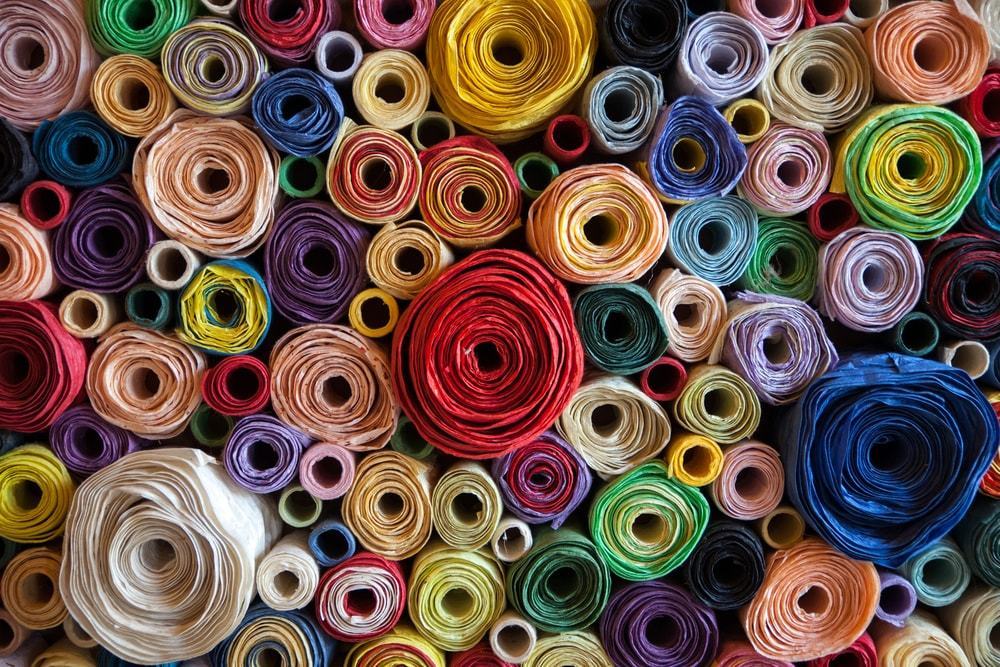Fabric fusion is a creative way to combine different textiles from premier wholesale suppliers to create unique and visually appealing designs. By mixing and matching fabrics with varying colors, patterns, and textures, designers can achieve a stylish and modern look that stands out from the crowd. Whether you are a fashion designer looking to create a trendy collection or a DIY enthusiast wanting to personalize your home décor, fabric fusion offers endless possibilities for expressing your creativity. You may explore this site https://ethicalelementsme.com/fabrics/ for a wide selection of wholesale fabric suppliers.
One of the key advantages of fabric fusion is the ability to incorporate a variety of materials into one cohesive design. Premier wholesale suppliers offer a wide range of fabrics, including cotton, silk, linen, wool, and synthetic blends, giving designers the flexibility to experiment with different textures and weights. By combining fabrics with different properties, such as a lightweight chiffon with a structured denim, you can create a garment or accessory that is both visually interesting and functional.

Image Source- Google
When mixing and matching textiles, it is important to consider the color palette of the fabrics. Premier wholesale suppliers often carry a diverse selection of colors and prints, making it easy to find complementary or contrasting fabrics that work well together. By pairing fabrics in coordinating colors or contrasting hues, you can create a dynamic look that adds visual interest to your design. Additionally, mixing fabrics with different patterns, such as stripes, florals, and geometric prints, can add depth and dimension to your creations.
Another important consideration when fabric fusion is the weight and drape of the fabrics. Different textiles have varying degrees of stiffness, stretch, and fluidity, which can affect how they interact with each other in a design. By combining fabrics with contrasting weights and drapes, you can create a multidimensional look that adds movement and texture to your creations. For example, pairing a lightweight silk with a heavy wool can create a striking contrast in both texture and volume.
In addition to mixing and matching fabrics, designers can also experiment with different techniques to fuse textiles together. One popular method is fabric bonding, which involves using heat-activated adhesives or bonding agents to create a permanent bond between two fabrics. This technique is commonly used in garment construction to join fabrics without the need for sewing, creating a clean and seamless finish. Another technique is fabric appliqué, which involves layering cut-out pieces of fabric onto a base fabric to create a decorative design. Fabric appliqué is a great way to add intricate details and embellishments to your creations.